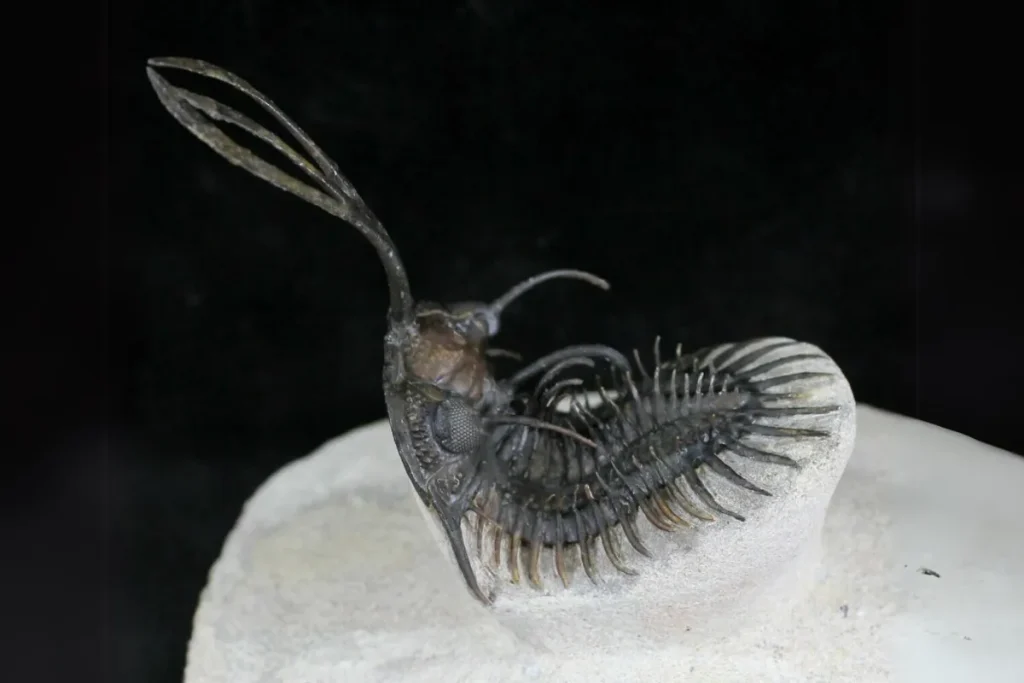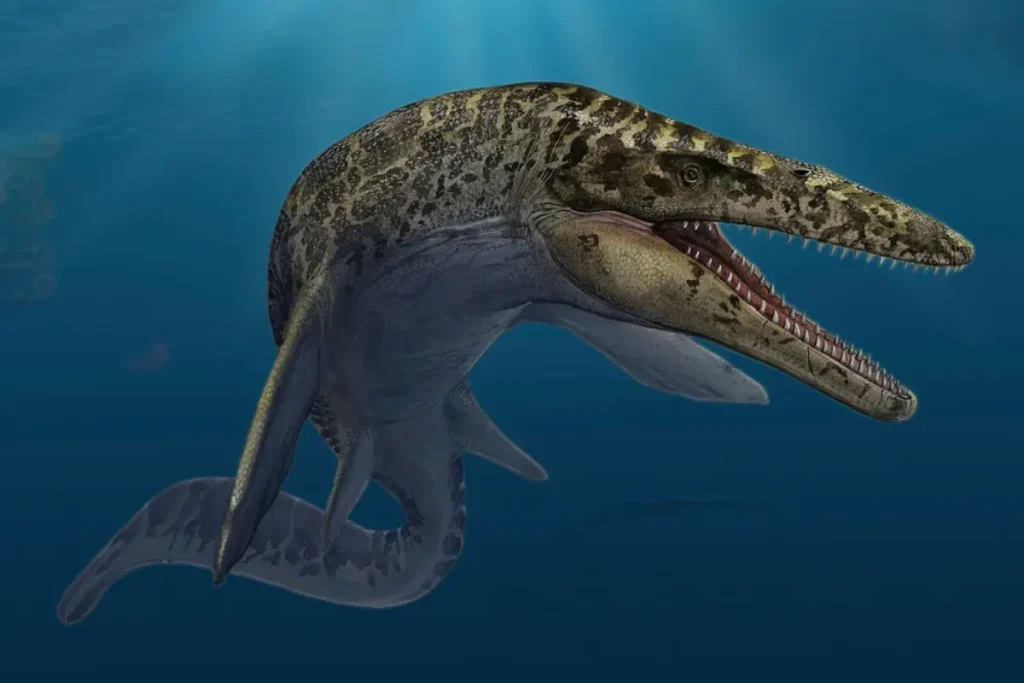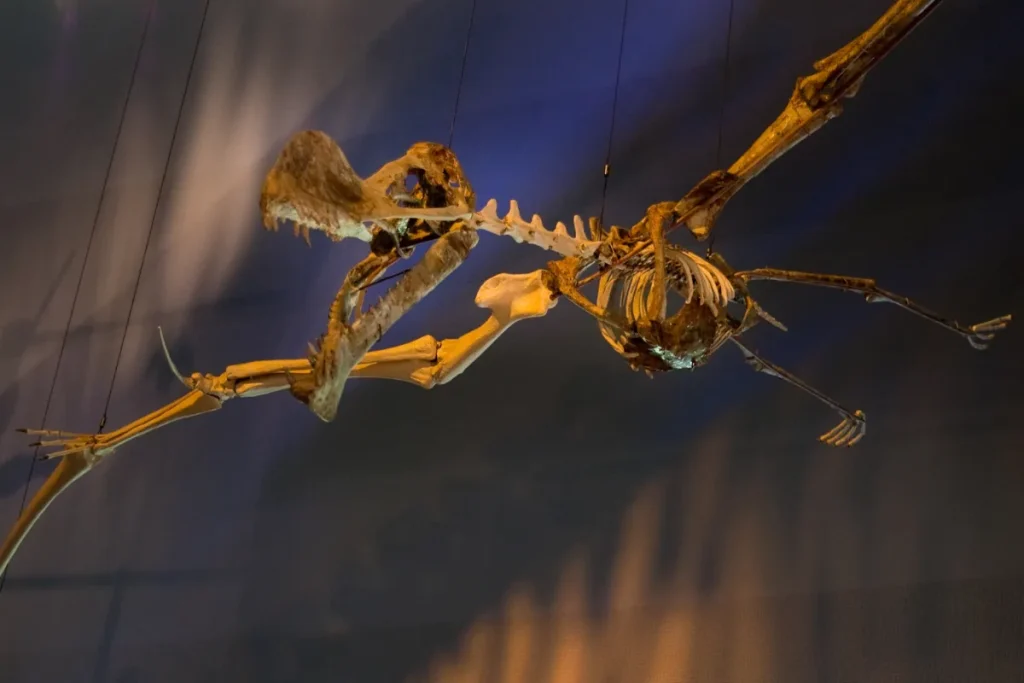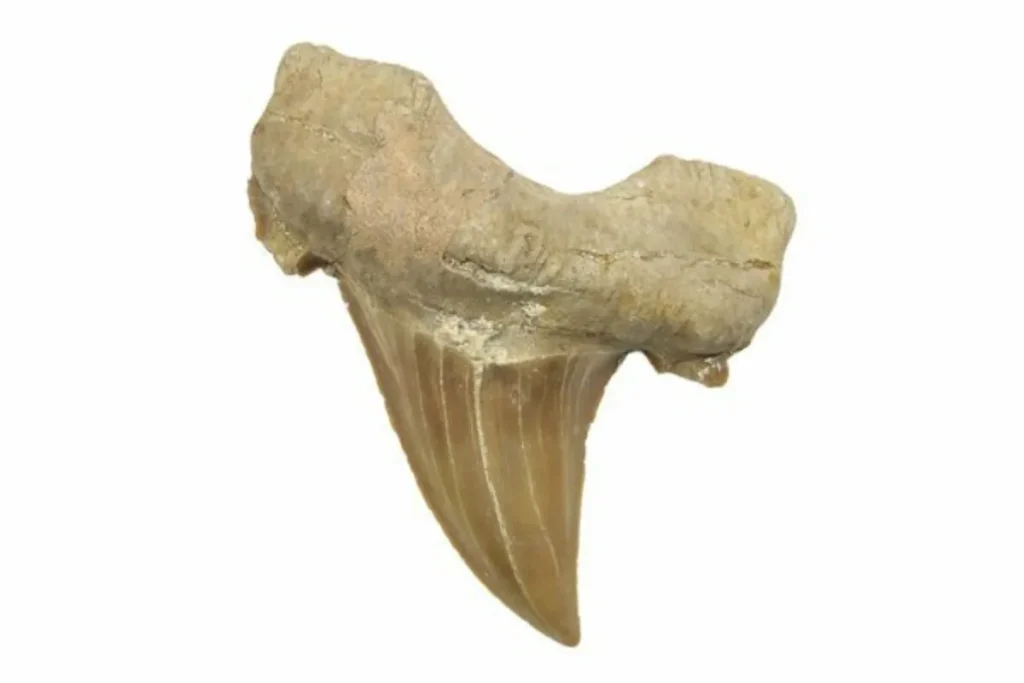The Spinosaurus Saga

One of the most exciting chapters in Merzouga’s fossil history revolves around Spinosaurus, the largest known carnivorous dinosaur.
- Initial Discovery: The first Spinosaurus fossils were found in Egypt in 1912, but were destroyed during World War II.
- Moroccan Renaissance: In 2008, a partial snout of a Spinosaurus was discovered near Merzouga, rekindling interest in this massive predator.
- Revolutionary Find: In 2014, a team led by Nizar Ibrahim uncovered more complete Spinosaurus remains in the Kem Kem beds near Merzouga. These fossils revealed that Spinosaurus had dense bones and paddle-like tail, suggesting it was semi-aquatic – a first for known dinosaurs!
- Ongoing Research: Continued discoveries in the region are helping paleontologists piece together the life and environment of this fascinating creature.
This Spinosaurus discovery has revolutionized our understanding of dinosaur evolution and adaptations, showcasing the critical role the Merzouga region plays in paleontological research.
Trilobite Treasures

Merzouga is world-renowned for its exceptional trilobite fossils, with several groundbreaking discoveries:
- Walliserops Trifurcatus: In the late 1990s, the discovery of this bizarre three-pronged trilobite near Merzouga stunned the scientific community. Its unique trident-like projection has led to much speculation about its function and evolution.
- Megistaspis hammondi: Found in the Fezouata Formation, this giant trilobite is one of the largest ever discovered, reaching up to 75 cm in length.
- Bavarilla bounharensis: This rare “telephinid” trilobite, found in 2021, is helping scientists understand trilobite migration and evolution across ancient continents.
These trilobite discoveries have made Merzouga a mecca for both professional paleontologists and amateur fossil enthusiasts.
The Fezouata Biota: A Window into the Ordovician
In the early 2000s, excavations near Zagora, not far from Merzouga, uncovered the Fezouata Biota, a remarkable fossil assemblage from the Ordovician period:
- Exceptional Preservation: This site yields soft-bodied fossils, preserving details rarely seen in fossils of this age (about 485-470 million years old).
- Diverse Ecosystem: The Fezouata Biota includes a wide range of organisms, from primitive arthropods to early vertebrates, providing a unique glimpse into early Paleozoic marine ecosystems.
- Evolutionary Insights: These fossils have helped bridge the gap between the Cambrian Explosion and later Paleozoic life, reshaping our understanding of evolution during this crucial period.
While not directly in Merzouga, the Fezouata Biota has significantly impacted the region’s paleontological importance and draws researchers from around the world.
Mosasaur Marvels

The Merzouga region has yielded several significant mosasaur fossils, contributing to our understanding of these marine reptiles:
- Tethysaurus nopcsai: Discovered in the phosphate deposits near Merzouga, this primitive mosasaur has helped scientists understand the evolution of these creatures from terrestrial lizards to marine predators.
- Globidens phosphaticus: Fossils of this shell-crushing mosasaur, found in the region, have provided insights into the diverse feeding strategies of these marine reptiles.
These discoveries highlight the rich marine ecosystem that once existed where the Sahara now stands.
Pterosaur Peculiarities

The Kem Kem beds near Merzouga have yielded several important pterosaur fossils:
- Siroccopteryx moroccensis: Named in 2010, this large pterosaur has expanded our knowledge of pterosaur diversity in Africa.
- Alanqa saharica: Discovered in 2010, this unusual pterosaur had a distinctive beak structure, possibly adapted for skimming fish from the water’s surface.
These flying reptile fossils provide crucial information about the diversity of airborne creatures in the Cretaceous skies over what is now the Sahara.
Ongoing Discoveries

The Merzouga region continues to yield new and exciting fossils:
- New Shark Species: In recent years, several new species of prehistoric sharks have been identified from fossil teeth found in the area.
- Plant Fossils: Discoveries of fossil wood and leaves are helping reconstruct the ancient environments of the region.
- Micro-fossils: Ongoing research into tiny fossils like foraminifera is providing detailed information about ancient climates and environments.
Each year brings new finds and new insights, cementing Merzouga’s place as a crucial site for understanding Earth’s prehistoric past.
These famous discoveries have not only advanced scientific knowledge but have also put Merzouga on the map as a prime destination for fossil enthusiasts. They serve as a powerful reminder of the incredible history buried beneath the Saharan sands, waiting to be uncovered by the next generation of explorers and scientists.


